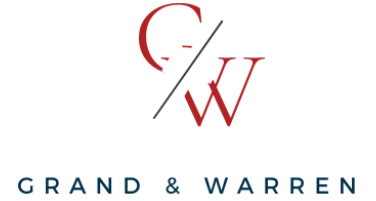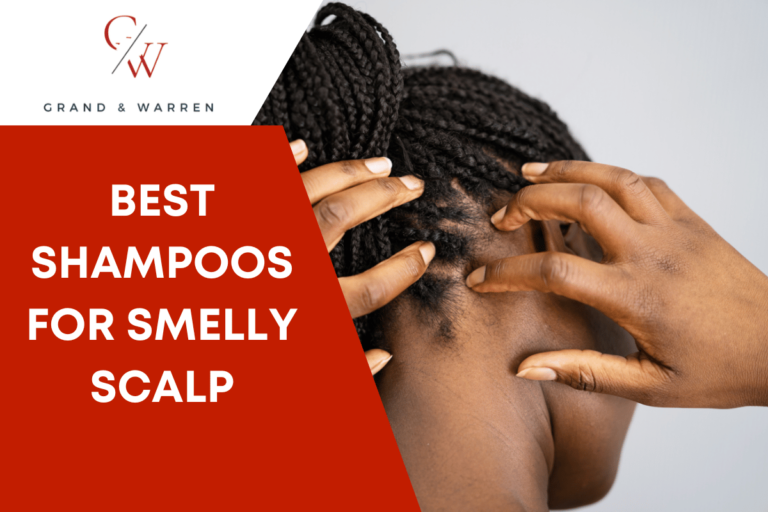Shaving Against The Grain Without Irritation: Expert Tips for a Smooth Experience
Is shaving against the grain a good idea? And how do you do it without causing massive shaving irritation?
Common wisdom says that shaving in the direction of hair growth, or “with the grain,” minimizes irritation. The problem is that shaving in the opposite direction as the hair grows lets you get a more close or smooth shave than going in the direction the beard grows.
Calling this the one of the “oldest shaving debates” would be an exaggeration, but the point remains – how can you go against the grain while still ending up with a more comfortable shave? The trick lies in understanding your facial hair patter and appropriate skin prep to avoid annoying pitfalls like razor burn and scratches while still getting a good shave.
TL:DR: To shave against the grain without irritation, start off with a warm shower to soften the hair. Use a quality shave gel and a properly sharpened and well-lubricated razor. You will feel resistance while shaving with horizontal strokes, so make sure you are not using more than the force required to lessen irritation. After your shave, properly clean and moisturize your skin to avoid bums.
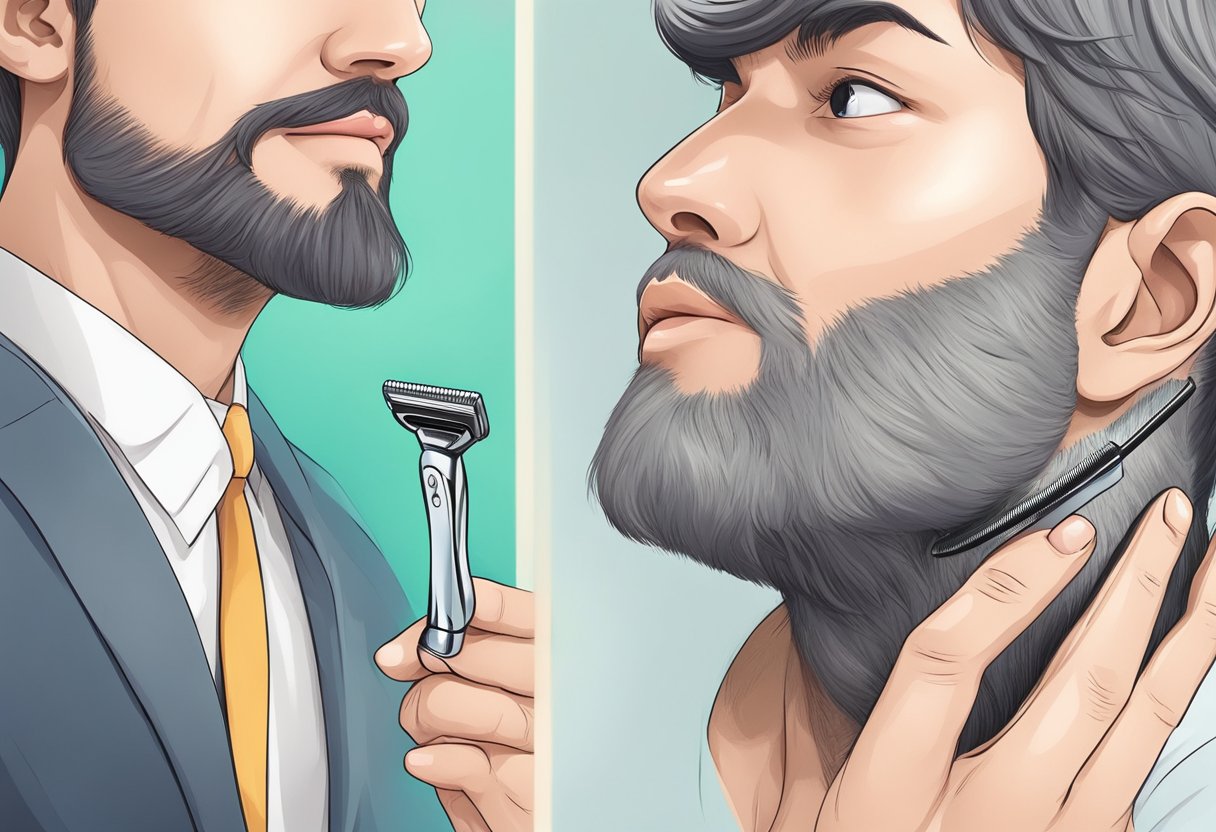
Key Takeaways
- Understanding hair growth direction is crucial for a comfortable shave against the grain.
- Proper preparation and hydration of the skin can prevent irritation – a hot shower and moisturized skin are your friend
- Use a sharp razor, high quality shaving cream or gel, and the three pass method of multiple strokes in the same direction
Understanding Hair Growth Direction
Before shaving, it’s essential for me to pay close attention to the way my hair naturally grows. This understanding can be the difference between a smooth shave and one that results in irritation or ingrown hairs.
Identifying Hair Grain
Identifying the grain of my hair involves observing the direction in which the strands emerge and lay flat against my skin. I look closely at my facial hair in a well-lit mirror, running my fingers over the beard to feel which direction offers the least resistance. This direction is often referred to as with the grain. In areas where hair growth patterns are not immediately clear, such as the neck or under the jawline, I take extra time to delineate the various growth directions.
Impact of Shaving Against the Grain
Shaving against the grain means moving the razor in the opposite direction of hair growth. While this technique can potentially result in a closer shave, it also raises the risk of skin irritation and the development of pseudofolliculitis barbae, a condition commonly known as razor bumps. My hair follicles can become inflamed if the hair is cut too close, causing it to grow back into the skin. Therefore, I proceed with caution, ensuring my skin is well-lubricated and using a sharp, clean razor if I choose to shave against the grain for a smoother finish.
Preparation for Shaving
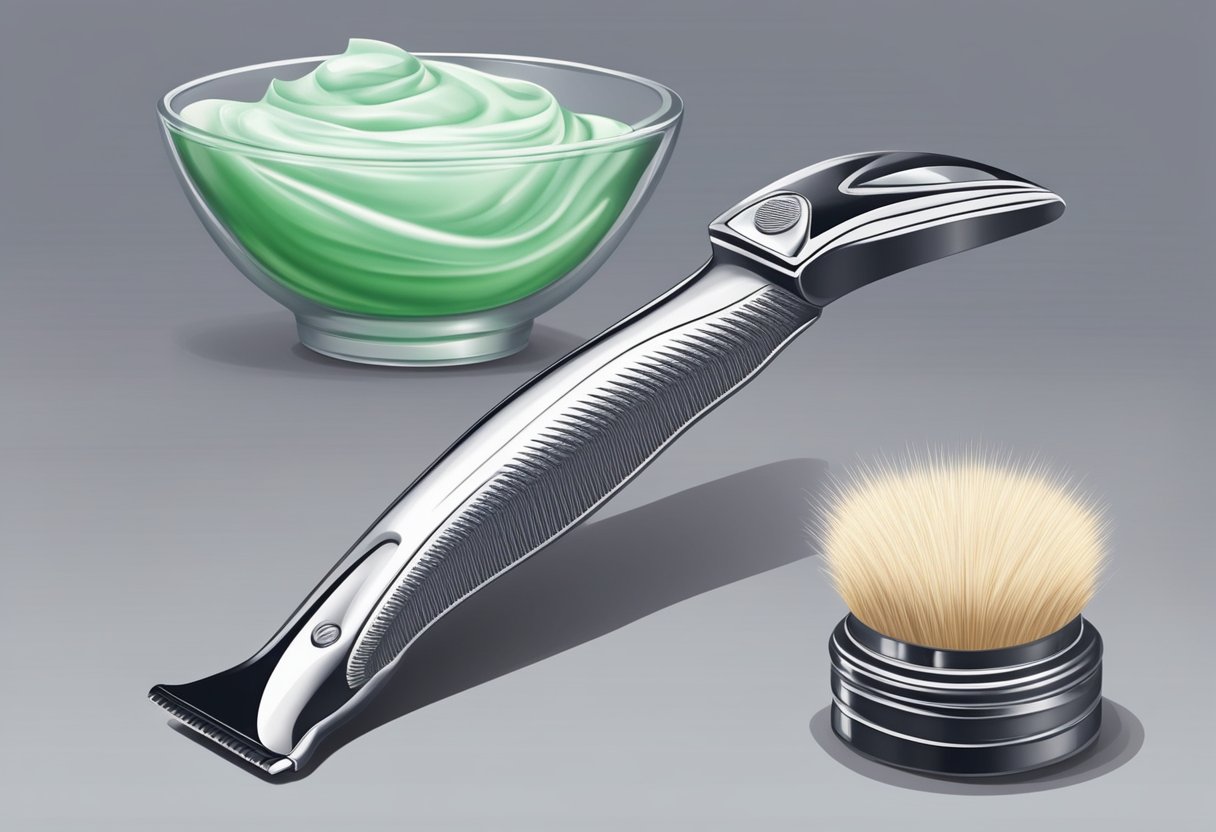
Proper skin preparation is essential to achieve a comfortable shave against the grain. I’ll guide you through a thorough pre-shave cleansing and share effective hydration and softening techniques to prevent irritation and ensure a smooth shaving experience.
Pre-Shave Cleansing
Before shaving, I make sure my skin is free of oils and dirt that could cause blade drag and irritation. Using a gentle cleanser, I wash my face with warm water to remove impurities. This is a crucial step that shouldn’t be skipped, as clean skin lessens the chances of developing razor bumps or infections.
Hydration and Softening Techniques
Hydration is key to softening the hair and skin, making them less resistant to shaving. I always begin with a hot shower or press a warm, damp towel against my skin for a couple of minutes. This steam and warmth not only relax the skin but also open up the pores and soften the hair. Afterward, I apply a hydrating shaving cream or shaving oil, ensuring it is spread evenly to create a protective barrier that will aid the razor in gliding smoothly over the contours of my face. For an even better prep, I occasionally exfoliate my skin to remove dead cells and further raise the hairs for an easier cut.
Choosing the Right Shaving Tools
In my pursuit of a comfortable shave without irritation, I’ve learned that selecting the right tools is crucial. This ensures not just efficiency but also minimizes the chances of skin irritation when shaving against the grain.
Selecting a Razor
When choosing a razor, I consider the type best suited for my skin and beard. Here’s a rundown:
- Safety Razor: Offers a closer shave with less irritation, ideal for experienced users.
- Cartridge Razor: Comes with multiple blades and a pivoting head to adapt to facial contours, great for beginners.
- Straight Razor: Provides the closest shave, but requires skill and is time-consuming.
Remember that the razor type can significantly affect your shaving experience, particularly when going against the grain.
Importance of Blade Sharpness
A sharp razor blade is non-negotiable for me. A dull blade can lead to tugging and more passes over the skin—both of which could cause irritation. Here’s what I keep in mind:
- Regularly change blades to maintain sharpness.
- Invest in high-quality razor blades as they tend to stay sharper longer and provide a smoother glide over the skin.
Adhering to these principles of tool selection has markedly improved my shaving routine, reducing irritation even when I shave against the grain.
Shaving Technique Mastery
Shaving against the grain can lead to a closer shave but also increases the risk of irritation. In mastering this technique, I focus on shaving with the grain initially, applying just the right amount of pressure with gentle strokes, and caring for my skin post-shave.
Shaving With the Grain First
Before I even consider shaving against the grain, I always start by shaving with the grain. This means that during the first pass, I shave in the direction the hairs naturally grow. This initial step reduces the length and density of the beard, which later minimizes potential irritation when I shave against the grain.
- First pass: Always with the direction of hair growth
- Result: Shorter, less dense beard for easier subsequent passes
Gentle and Effective Strokes
When I start shaving against the grain, my approach is to use short, gentle strokes. I pay close attention to my razor’s pressure against my skin, maintaining a gentle hand to prevent nicks and cuts. It’s crucial to use a sharp blade and ample shave gel to allow the razor to glide smoothly.
- Pressure: Minimal, to avoid skin irritation
- Strokes: Short and gentle
- Shave gel: Essential for smooth gliding of the razor
Post-Shave Care
After shaving, post-shave care is vital for preventing irritation. I apply a soothing aftershave balm to calm the skin and deliver necessary hydration. Incorporating an alcohol-free moisturizer into my routine ensures that my skin remains soft and doesn’t dry out.
- Immediately after shaving:
- Apply a soothing aftershave balm
- Use a moisturizer to rehydrate the skin
- Daily routine:
- Continue applying aftershave products that suit my skin type
Addressing Shaving Challenges
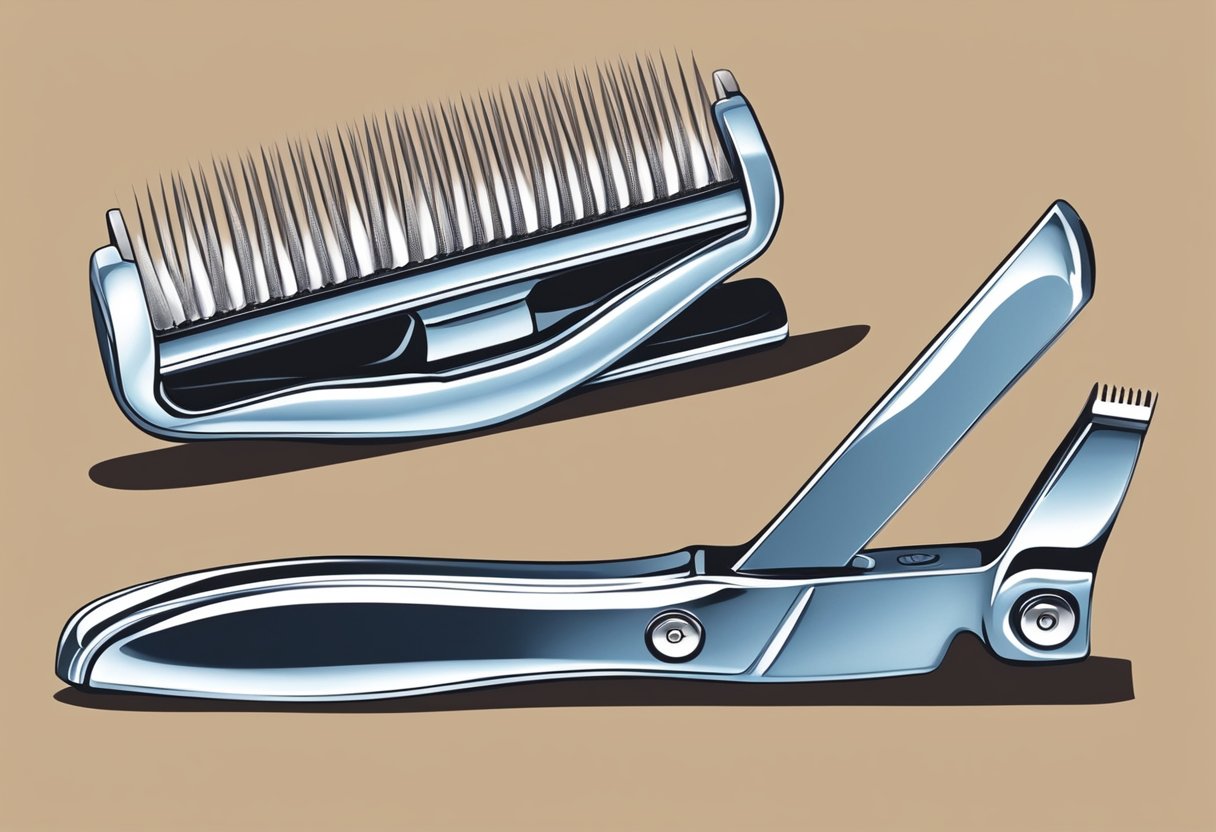
Shaving against the grain can be tough on your skin. I’m here to guide you with practical steps to avoid common issues, ensuring a smooth shave with minimal irritation.
Avoiding Razor Burn and Bumps
Razor burn and bumps are often the result of aggressive shaving or using a dull blade. To avoid these issues, I always make sure to use a sharp razor and a protective shaving cream. It’s crucial to soften the skin and hair with warm water before shaving. This can be done during a shower or by applying a warm towel to the area for a few minutes. Shaving with the grain on the first pass minimizes the risk of irritation and ingrown hairs. For a closer shave, I may gently go against the grain on a second pass, but only where my skin can handle it.
Tip:
- Use light, gentle strokes when shaving against the grain.
- Rinse the razor after each stroke.
Preventing Nicks and Cuts
To prevent nicks and cuts, I ensure my skin is well-lubricated with a quality shaving gel or cream. I take care not to stretch the skin too much, as it can create an uneven surface prone to injury. The blade should glide over the skin, not push into it. If my razor has multiple blades, I check to ensure they are not clogged with hair or debris, as this can cause unwanted tugging and slicing of the skin.
Remember:
- Sharp razor blades are less likely to cause nicks.
- Keep the skin taut, but don’t overstretch.
Dealing with Sensitive Skin
Dealing with sensitive skin while shaving requires extra precautions. I opt for hypoallergenic products to reduce the risk of allergic reactions and skin irritation. After shaving, I rinse with cool water to close the pores and apply an alcohol-free soothing balm to calm any redness or irritation. Using a single-blade razor can also reduce the likelihood of razor bumps and irritation for those with acne-prone or sensitive skin types.
Key Points:
- Alcohol-free products can be less drying and irritating.
- Moisturize the skin after shaving to maintain its natural barrier function.
Advanced Tips for a Close Shave

Achieving a smooth, close shave involves more than just dragging a blade across your skin. I’ll guide you through techniques for tackling tough areas, maintaining a sharp razor, and choosing the best shaving products for superior results.
Techniques for Tough Areas
When shaving against the grain for the closest shave, it’s vital to be cautious, especially on challenging spots like the neck. I start by preparing my skin with warm water to soften the stubble. Then, using a safety razor, I gently shave against the grain in short, measured strokes. For tough areas, I stretch the skin with my other hand to create a flat surface, allowing the razor to glide smoothly and avoid nicks.
Maintaining Your Razor
A dull blade can wreak havoc on your grooming routine, so keeping my razor sharp is a priority. I regularly rinse the blades with hot water to remove debris and follow with a gentle shake to dry. This process protects the edge from corrosion and ensures each pass provides a smoother shave. Furthermore, I store my razor in a dry area to prevent blade dullness.
Evaluating Shaving Products
The products I use are as crucial as the technique. For the closest shave, I look for shaving soaps or creams with natural lubricants like aloe vera, which help the blade to move effortlessly across the skin. A shaving soap should lather well to provide sufficient cushioning between the blade and my skin, reducing irritation and allowing for fewer passes. Quality products make a significant difference in enhancing the overall shaving process and achieving that desired close shave.
Frequently Asked Questions
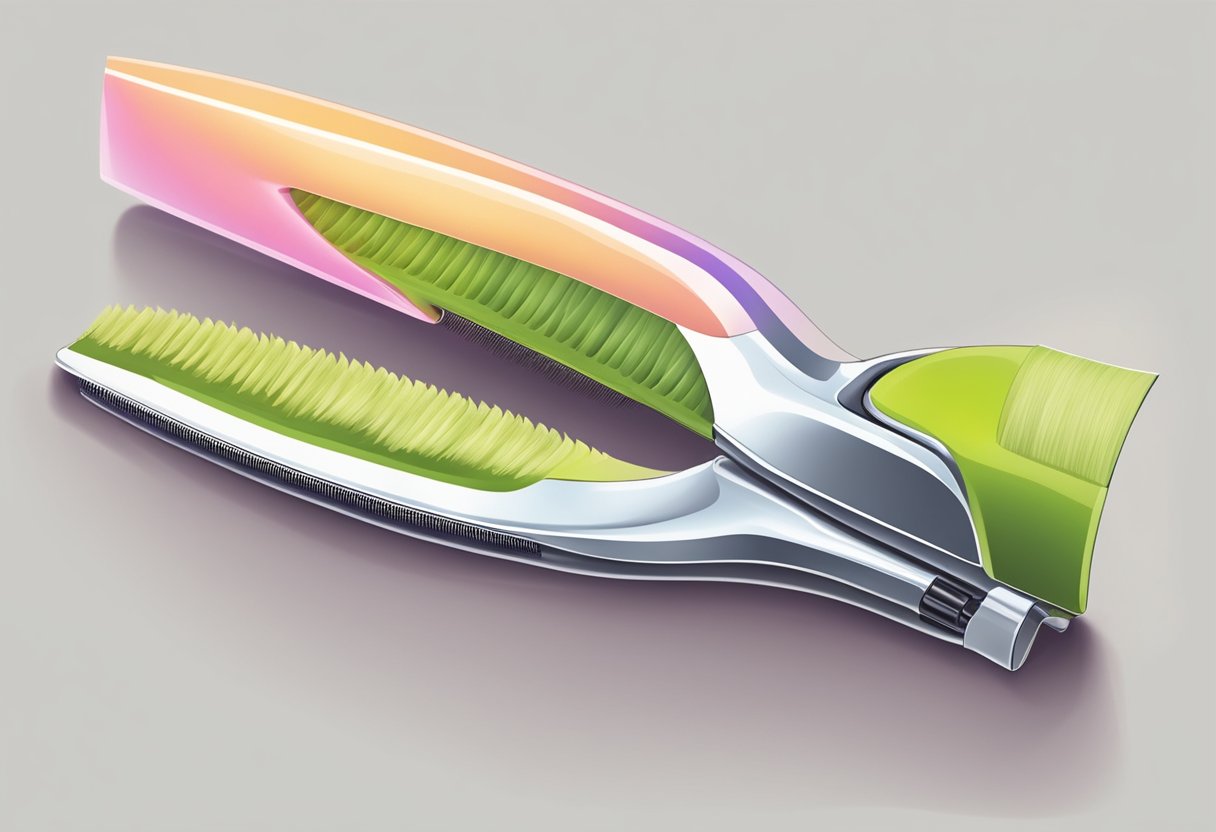
In my experience, understanding the nuances of shaving can make the difference between a smooth experience and uncomfortable irritation, especially when going against the grain.
What techniques prevent irritation when shaving against the grain?
I make sure my skin is well-hydrated and use a sharp, clean razor to minimize drag. I also recommend using a quality shaving cream or gel to create a protective barrier.
Can shaving against the grain cause more ingrown hairs, and how can this be prevented?
Yes, shaving against the grain can increase the risk of ingrown hairs. To prevent this, I exfoliate regularly to remove dead skin and use a gentle after-shave product to keep skin soothed and reduce inflammation.
What are the best practices for using an electric shaver to shave against the grain?
With an electric shaver, I always ensure the skin is taut and the shaver is at the right angle for a close shave without pressure that can cause irritation. Cleaning and lubricating the shaver heads regularly is critical too.
Is it safe to shave the pubic area against the grain, and what precautions should be taken?
It is safe to shave the pubic area against the grain, but extra care is needed due to sensitivity. I use a fresh razor, ample lubrication, and shave slowly to ensure the skin is protected. Post-shave, I apply a gentle, unscented moisturizer to avoid irritation.
Are there any specific methods to use a safety razor effectively against the grain?
When using a safety razor, I keep the blade at an approximately 30-degree angle to my skin and use short, controlled strokes. It’s also important to rinse the blade often and not to apply too much pressure.
Does shaving against the grain affect hair thickness or growth patterns?
Shaving against the grain doesn’t affect the thickness or the growth patterns of hair. The hair might feel coarser as it grows because it’s cut at an angle, but in actuality, the hair shaft remains unchanged.
